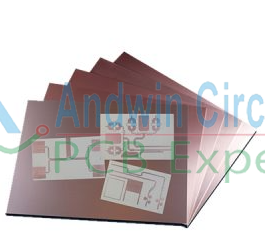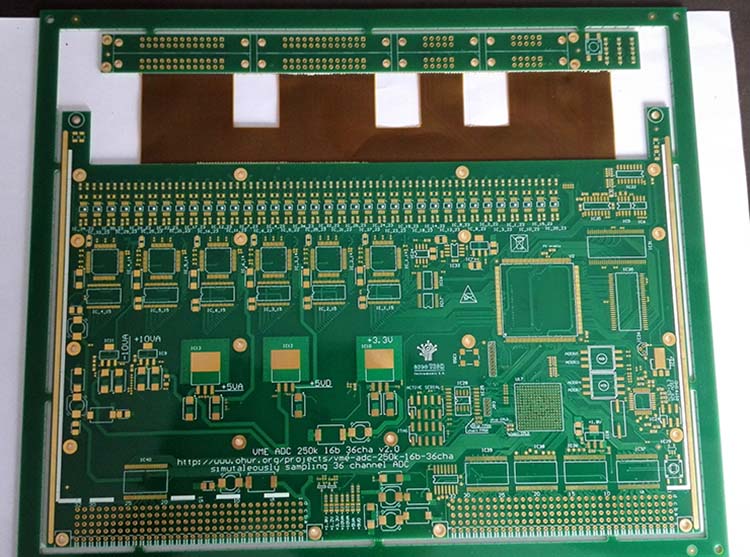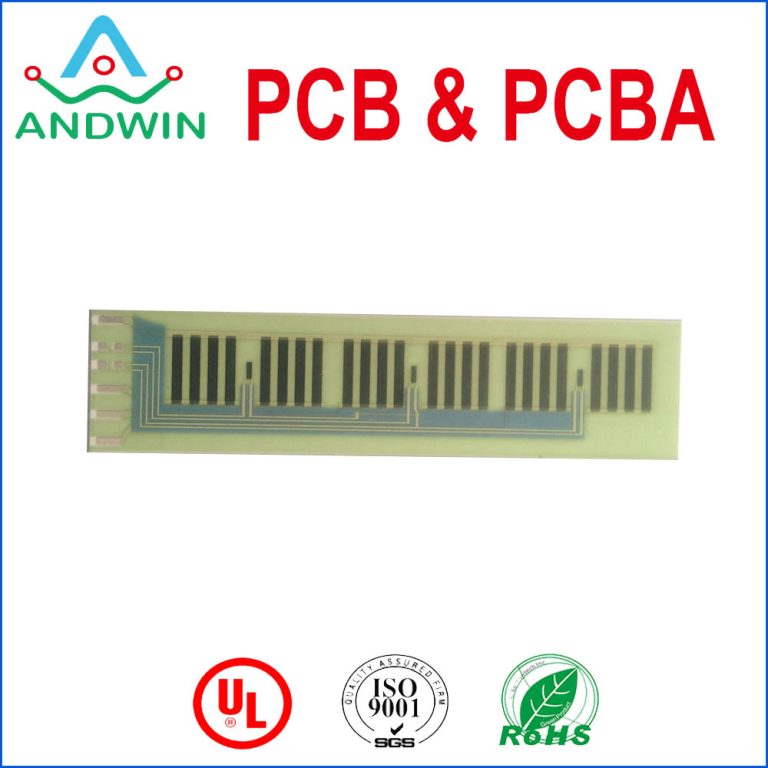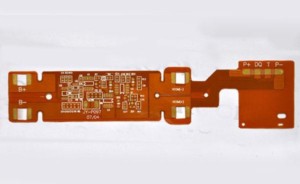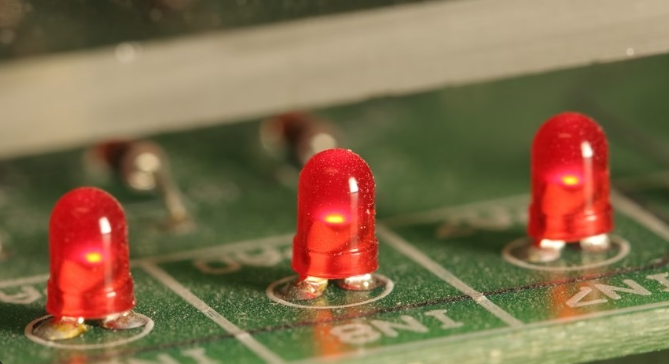Flex pcb strain relief
Flex PCB strain relief is a technique used to prevent mechanical stress or strain on the flexible printed circuit board (PCB) during assembly and operation.
This technique involves adding additional material or structures to the flex PCB to provide support and prevent it from bending or twisting excessively.
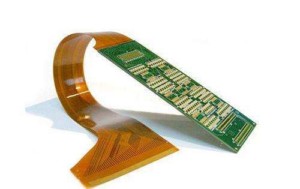
The most common types of flex PCB strain relief include:
1. Stiffeners:
These are rigid materials such as FR4 or polyimide that are attached to the flex PCB to provide additional support and prevent bending or twisting.
2. Adhesive tapes:
These are double-sided tapes that are applied to the flex PCB to provide additional support and prevent it from bending or twisting.
3. Cable ties:
These are plastic or metal ties that are used to secure the flex PCB to a rigid structure or component to prevent it from bending or twisting.
4. Fiducial markers:
These are small marks or patterns that are added to the flex PCB to help align it during assembly and prevent it from bending or twisting.
Overall, flex PCB strain relief is an important technique that helps to ensure the reliability and longevity of flexible circuits.

the role of flex pcb strain relief
The role of flex PCB strain relief is to protect the flexible circuit board from damage due to mechanical stress or strain.
Flex PCBs are designed to bend and twist, but excessive bending or twisting can cause the board to crack or break.
Strain relief helps to distribute the stress evenly across the board, reducing the risk of damage.
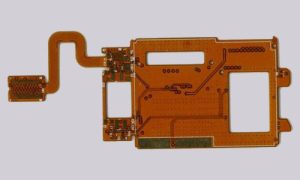
There are several types of strain relief techniques used in flex PCB design, including:
1. Coverlay:
A layer of protective material is applied over the flexible circuit to provide additional support and protection.
2. Stiffeners:
Rigid materials such as FR4 or polyimide are added to the flexible circuit to provide additional support and rigidity.
3. Fiducials:
Small marks or targets are added to the flexible circuit to aid in alignment and prevent stress concentration.
4. ZIF connectors:
Zero insertion force connectors are used to connect the flexible circuit to other components, reducing the risk of damage during installation or removal.
Overall, the role of flex PCB strain relief is to ensure the reliable and long-lasting performance of flexible circuits in a variety of applications.


